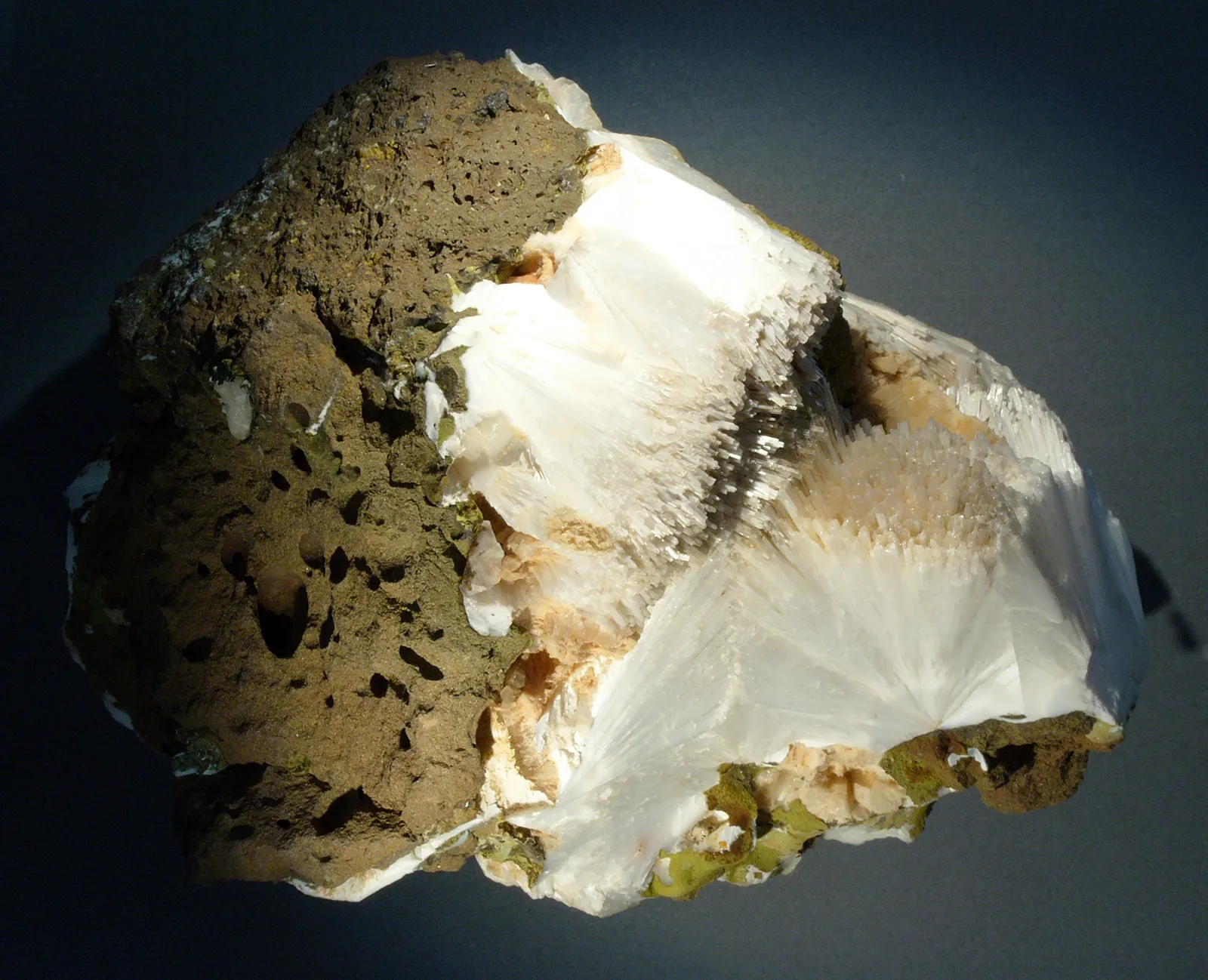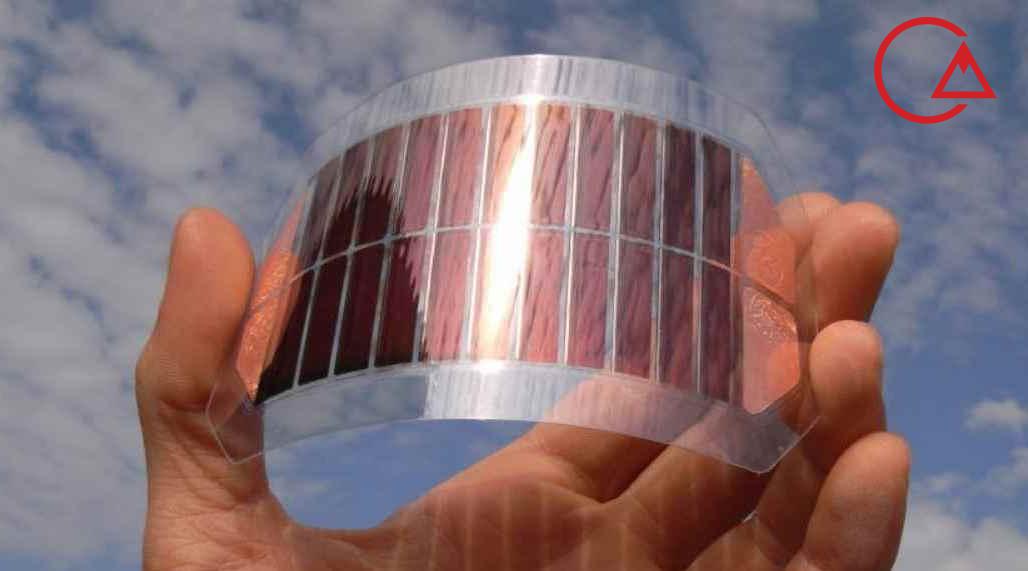Thin-layer chromatography (Thin Layer Chromatography) with the common name and abbreviation TLC (TLC) is one of the methods of chromatography is to help the stationary phase for separating mixed applications. Thin-layer chromatography, in fact, a separation method is simple, sensitive, flexible, and cost down to analyze quantitative and qualitative amounts of material, in the laboratory can be. In the article, the former publication of the world, chemistry, physics, etc. about the analysis, chromatography, etc. high-performance liquid chromatography and gas chromatography material, we have raised. In this paper, the introduction of thin-layer chromatography, etc. types, and its applications in the laboratory will be discussed. Continue with us.
Table of contents
Thin-layer chromatography what is
The basis and concepts of the base, thin-layer chromatography
Pages (constant phase or stationary phase)
The mobile phase (solvent)
Factor inhibition
Compartment or tank TLC
Stages of thin-layer chromatography
Application of a new thin-layer chromatography
A variety of your search thin layer
Thin-layer chromatography, high performance
Thin-layer chromatography – spectrometry Jeremy TLC-MS
Thin-layer chromatography what is
Chromatography TLC of the types of chromatography, the adsorption is in it. of plates with thin thickness to be used. In this chromatography direction of separating components of a mixture, with a constant phase thin on a bed ineffective (such as screen, glass, plastic, polyester, or aluminum sheet) is used. used. In fact, the position of the components separated on the page is determined. Device کرماتوگرافی thin layer, usually in all the laboratories of chemistry as a tool suitable, simple, cheap, and convenient, the direction of separation and isolation, fast and simple, chemicals there.
How to practice thin-layer chromatography, as well as other techniques of chromatography can be. So that the components of the mobile phase (solvent) on the surface of the stationary phase, they move. This move, if that particles with adhesion (tend, attract) more than particles with adhesion, less, more slowly, move them, and, in effect, the difference quickly move them. the separation is done. With the completion of the separation process, etc., each of the particles of the mix for the spot (stain) on different levels in the plate chromatography appearance can be. After that, the characteristic particle and the nature of them are checked. In fact, the goal of this chromatography, get the points that are well separated they are.

Chromatography TLC
The basis and concepts of the base, thin-layer chromatography
This chromatography on the basis of components, as follows.
Catchy proper (the stationary phase, or the page chromatography) that form a thin layer on a fulcrum fit is covered.
Solvent or mixed solvent as the mobile phase, or phase detergent
Pages (constant phase or stationary phase)
Pages (plate) and also can be used in the lab can be prepared and also be commercially prepared and purchased. Alumina and silica gel, including the most common phase constant are considered, while in other cases, also are available. In fact, in this technique, a thin and uniform layer of silica gel or alumina on a piece of glass, metal or plastic cover.
Note that to detect the dots, a lot of the pages soaked in a combination that under UV short wave (۲۵۴ Nm) fluorescence can be. As the expression of … bed ineffective these pages, usually of the genus, glass, aluminum, or plastic. It should be noted that when choosing a stationary phase, in the beginning should be the properties of the sample considered.
The mobile phase (solvent)
It can be said that the choice of the correct and suitable phase motion is the most important part chromatography, TLC will be. For this choice. needs a little trial and error can be. It should be noted that, like the stage of choosing a constant phase, the selected solvent should also be chemical properties آنالیت will be considered.
Generally, if a particle of investigated in a solvent, modal, not the solution is, while another of the particles of the samples, etc. well in the solvent to be solved, isolation, and good will. This means that if the particle about the terms in the mobile phase solution, the … the on-screen TLC move and goes up. But if the stationary phase, the Leaning is to stick with it, so much on the results, do not move.
Note that if آنالیت desired, organic molecules, non-polar (Al, molecular no groups factor and contain only atoms of carbon and hydrogen, such as naphthalene) can be used with solvents net or hexane began. But if desired, include one or two groups factor with the polarity of the medium ( such as groups etheric، ، Astrea and …) is a solvent mixture ۴: ۱ hexane/ ethyl acetate to work. Generally, ki, be the glory to the category divided into the following.
حلالهایی with polarity such as methanol and Di
حلالهایی with the polarity of the medium, such as Di-ethyl acetate
حلالهایی with the polarity of the bottom, such as hexane , and Di-ethyl ether
Thin-layer chromatography
Thin-layer chromatography

It is better to know
It might be important is that the acid in. open or compounds with polarity high, in lawful neutral is usually to place the point of a strip show. This mode can be used to correct the results of a few per cent acetic acid or formic acid to the solvent (for tape, derived from the acid, s), a few percent of Tri ethyl Amine (for bar, make sure from the opening) and a few percent methanol, (for the proceeds of compounds, polar) added.
Factor inhibition
It should be noted that any point in the chromatography, TLC has a factor inhibition (R, f) or the coefficient of inhibition can be. This coefficient equal to the distance traversed by none other than the desired divided by the distance traversed by the solvent would be. According to the meaning of the factor inhibition, etc. criteria for identifying the quality of each compound (in certain conditions), etc., in thin-layer chromatography, etc. the distance traveled by each point from the starting point.
According to definition, it is evident that the greater the particle, etc., the less the absorption phase inhabit it. move faster and route more during the works, so factor inhibition has a larger. The values of the coefficient of inhibition may be affected by several factors such as the thickness of the layer, a resident. moisture on the page, TLC, etc. saturation be or not to be tanks, TLC, etc. the depth of the mobile phase, temperature, the nature of the page, TLC, etc. sample size and parameter of the solvent exposed.
Compartment or tank TLC
The direction of movement of the solvent on the page, the chromatography to a chamber or compartment (tank) need. In fact, a glass container with openings widescreen would be appropriate. This compartment should contain the amount of solvent sufficient to if you floor it’s completely legit cover. It can also be a piece of filter paper or other absorbent materials, to help to saturate the environment chamber with the vapors of the solvent is also used. Note that to minimize the evaporation of the solvent, etc. must have a door or cover on the chamber placed.
Stages of thin-layer chromatography
In the beginning, is needed to pages chromatography or results are supplying. To do this, the absorbent to form a thin layer with a uniform thickness on a fulcrum stiff and ineffective player. Absorbent, and can be a solid to a fine powder with water or a liquid escape to shape the dough in them. You can also use squirt or dipping also results produced. For the work of his hands, or equipment for thin-layer chromatography are used.
In the next step the page to the correct size cut and in the distance ۰.۵ up ۱ CM end of results, a line with a pencil to be pulled out. Now, the sample is in a proper solvent solution ” I have been to plenty of on-line put in place a sample share with your number, please specify. In other words, the most important phase thin-layer chromatography (especially in the analysis a little), the sample this can be. Note that the choice of the technique of sample to the accuracy required, the sample size, the number of analysis and the degree of automatic control desired depends on. Stains, usually with the use of pipette glass is very thin (tube, کاپیلاری or موئین) on the page fall. It is better that tube موئین thin enough to spot that sort in mind.
Stain this thin-layer chromatography
Stain this thin-layer chromatography
Tip
After each blob this direction, evaporation of solvent, the page dry, please. Then the page is dried as much as possible to smooth face in the glass, solvent, put. Note that the amount of solvent is poured in the container, etc. should be lower than the line drawn at the end of the results to be. The solvent property موئینگی upward move and during the move. the samples (which is to The Shape of the spots are on the line, taken) move. The amount of shifting stains by means of a solvent depends on the rate of dissolution of the sample in solvent is.
In the event that a stain invisible be, you can use a UV help. In this mode should be purple stain color to be seen. If stain visible in it. have samples More Page left. It should be noted that should never be allowed the solvent to the bottom of the page Move. At the right time, etc. the page is removed, and then immediately with a pencil a line, the other in the front part of the solvent draw. It should be noted that this work should be immediately and quick to be done, because of the deal even after you leave the page. again, the solvent to move continue.
If the particle about the isolation color to have, a working diagnosis is very simple. For spotting invisible again with the use of UV-circular to help pencil around the spots consist of drag. If the particles compared to the UV-active or not can be of a number of chemical compounds (compounds of general or specific to a molecule of a specific group) to create colorful spots related to the components separated on the results used.

Application of a new thin-layer chromatography
Ability of analysis and breakdown of the number of a large sample in a short time
After the completion of the separation of the data obtained for a long time, and storage capacity. Also, the components separated, can be by the method, the analysis, the other, such as spectroscopy, red, etc. spectroscopy, Jeremy, etc. about the analysis of the alliance
Check the purity of compounds, analysis of mixed complex compounds (such as samples, plant, environment, medical or legal), the review and analysis of the mixture of reaction during the process of synthesis of different combinations
Application, clinical trials, such as tests, screening, studies, metabolism, etc. screening and Drug Control, doping, etc. analysis of biochemical (for isolation in. comparison. specify the compounds and metabolites in blood, serum, etc. body fluids and urine)
Application in the food industry, such as quality control of food, you control the additives, the better. sweet ingredients, supplier, pesticides, and testing the stability or expiration
Application in the industries of cosmetics, such as isolation and identification of the components of varied colors, different products, cosmetics, etc. identify the material, coloring and preservative of the other materials and the detection of non-authorized
Application in the pharmaceutical industry, such as detection of the drug in bodily fluids. monitor the purity of the drug, diagnosis, residual medication in food, detection of metabolites, Pharmaceuticals, quality control of medicines
Application in forensic medicine, such as diagnosis, forging the documents. the investigation of the poisoning and analysis of material color
Application in the environment, such as the ability to analyze water, soil , and wastes,
With a simple change of phase and animated resident. optimization of the separation process is very affordable and fast will be
Thin-layer chromatography, high performance
Chromatography thin layer with high yield (High-performance thin-layer chromatography), which briefly HPTLC is called., the figure improved chromatography thin layer is. In this technique, by performing automatic process chromatography increased isolation and also measure the کیفی and quite a bit of precision, sensitivity, performance, and accuracy of the higher gets.
Thin-layer chromatography – spectrometry Jeremy TLC-MS
Connect the device TLC to a spectrometer, Jeremy creates functional areas new to the chromatography, a flat can be. Systems, thin-layer chromatography – spectrometry mass into two categories analytics, Jeremy directly (by sampling directly from the surface results in less than a minute, and transfer to the spectrometer Jeremy) and analytics Jeremy indirectly (after isolation and نفکیک by TLC, etc. examples of the results shaved extracted, Pure Storage can be, and ultimately to the device spectrometer Jeremy injection can be divided.